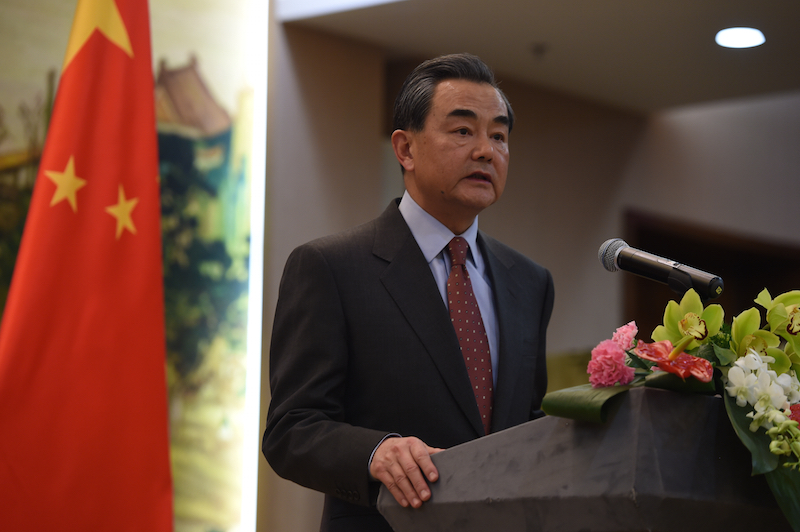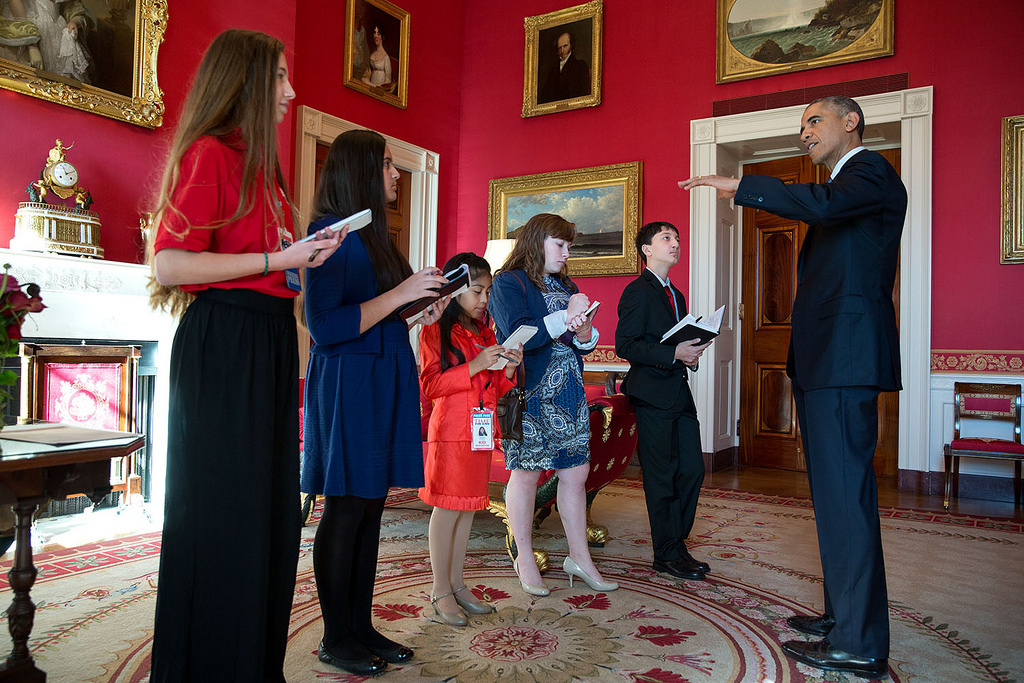Canada has been left relatively unscathed by terrorism. However, that doesn’t mean the country is immune to these types of threats. Though Canada has not suffered attacks like those recently witnessed in Britain or France, there have been several smaller incidents over the past few years.
Most recently, in late September a Somali-born man attacked an Edmonton police officer and four pedestrians before being apprehended. A black and white ISIS flag was later found in the attacker’s van. Other potentially devastating terrorist plots have been narrowly thwarted. And scores of Canadians who once left to join terrorist organizations overseas have now since returned.
Meanwhile, the ongoing rise of far-right extremism has broadened the scope of Canada’s terrorism threat. In fact, the country’s most lethal terrorist event in recent years was not committed by a violent Islamist but rather a white nationalist who opened fire during evening prayer at a Quebec City mosque. A 2015 study on right-wing radicalism in Canada found over 100 different extremist groups operating across the country at that time. With the continued global ascent of far-right politics, the number of such groups has likely proliferated over the past two years.
In efforts to combat the country’s domestic terror threats, anti-radicalization programs have become increasingly popular. Through the use of methods like community outreach and counselling, counter-radicalization attempts to prevent an individual’s embrace of extremist ideology before the person engages in or supports acts of terrorism. Deradicalization uses similar methods, with a particular emphasis on personal counselling, to rehabilitate those who have already succumb to radicalism.
Earlier this year, the federal government announced the creation of the Canada Centre for Community Engagement and Prevention of Violence. Under the oversight of Public Safety Canada, the Canada Centre works to prevent the spread of radicalization across the country by supporting local outreach initiatives and funding research into the topic. Last year’s federal budget allocated $35 million to anti-radicalization over the next five years as well as an additional $10 million each year thereafter.
[perfectpullquote align=”right” cite=”” link=”” color=”” class=”” size=””]“The Canada Centre is committed to combating all forms of extremism, a decision that has been commended by experts in the field.”[/perfectpullquote]
The Centre is committed to combating all forms of extremism, a decision that has been commended by experts in the field. “Making it one type of terrorism specific, for example, al-Qaeda or ISIS-inspired terrorism, is a recipe for creating fear, suspicion and perpetuating the notion of suspect communities within a population,” said Jeremy Littlewood, a terrorism expert from Carleton University.
In addition to government-run programs, anti-radicalization has been endorsed widely by civil society groups, particularly within the Canadian Muslim community. Last year the Council of Canadian Imams announced that the organization would begin funding its own “deradicalization clinics” in Toronto this fall.
Daniel Koehler, the founder and director of the German Institute on Radicalization and Deradicalization Studies (GIRDS), says that a distinction must be made between deradicalization and disengagement. According to Koehler, the latter refers to “simple behavioral change,” where the person in question may no longer necessarily engage in illicit activity but still supports the cause. As former CSIS strategic analyst Phil Gurski notes, a person who may be disengaged “can of course opt to ‘re-engage’ at a future point.”
Koehler encourages deradicalization efforts to go further, beyond mere disengagement. “You have to renounce the ideological goals of that violence as well, to reach a recognition and acceptance of the victims’ suffering, and the injustice that was produced by that specific violence,” he argues.
Having worked to rehabilitate neo-Nazis as well as religious extremists, Koehler says genuine deradicalization efforts must identify what drove the person toward extremism in the first place. The origins of one’s violent fanaticism can stem from a diverse array of places, he says, from the frustration of finding work to despair over the plight of one’s own community. A sense of disillusionment in some form appears to be a common motivator. Aside from personal counselling, Koehler says that other methods commonly used in deradicalization programs include vocational training and “creative art therapy.”
Syed Soharwardy, founder of Muslims Against Terrorism and the Islamic Supreme Council of Canada, is particularly focused on counter-radicalization. According to Soharwardy, young Muslims in Canada remain vulnerable to recruitment by radical groups like ISIS whether it be online or through direct overtures from members in their community. Based in Calgary, the imam regularly meets with Muslim youth to help dispel the religious legitimacy of these groups and ensure young people know how to respond if they are approached. “If they approach,” Soharwardy recently told some of his young mentees, “you should be smart enough to know that ISIS is very big criminals in the eyes of Islam.”
While counter-radicalization efforts, like Imam Soharwardy’s work with Muslim youth, are generally recognized as constructive, deradicalization programs have been viewed with a degree of skepticism. Much of this comes down to the fact that their effectiveness is exceedingly difficult — some say “impossible” — to measure. Generally, the only quantifiable way to assess a program’s success is by looking at the rate of recidivism among its graduates. But, as Marisa L. Porges, a Fellow from the Council on Foreign Relations, has noted, recidivism can be hard to determine in the first place as it “reflect[s] only what is known to intelligence services, which is limited.”
Moreover, Gurski argues that an individual’s genuine beliefs and intentions cannot even be ascertained beyond a shadow of a doubt. “We can observe and document changes in behaviour since these are overt,” he says. “Then again, any changes of this nature are signs of disengagement and not necessarily ones of deradicalisation.”
Ultimately, Gurski, now the president of Borealis Threat and Risk Consulting, believes that graduates of deradicalization programs should generally still be viewed with suspicion by intelligence and security forces. “The working assumption must be ‘once a terrorist always a terrorist’ unless there is a tremendous amount of evidence to the contrary.”
Koehler, who in addition to his activity in Germany has also worked with radicalized individuals in the US, concedes that deradicalization programs do not guarantee success, and that some more hardened individuals may not be responsive to them. “Most of the ideal candidates have thought about changing, thought about leaving, but do not know how to do it, or are afraid of the consequences,” says Koehler.
However, despite its weaknesses, deradicalization has proven successful in certain cases. Some previously radicalized individuals have gone on to be integral intelligence sources for police. In the mid-2000s, Canadian Mubin Shaikh, who had once recruited individuals to extremism before rejecting it himself, went undercover as a CSIS informant eventually helping to unravel the “Toronto 18” terrorist plot. Moreover, those who are successfully rehabilitated are also often the best resources to counter extremism among youth, as pointed out by both Koehler and Porges.
[perfectpullquote align=”right” cite=”” link=”” color=”” class=”” size=””]“The security apparatus doesn’t help to diminish the radical ideology that fuels terrorism itself […] Anti-radicalization, on the other hand, directly works to invalidate it.”[/perfectpullquote]
Though Koehler acknowledges the importance of security and intelligence efforts in counterterrorism strategy, he says that these measures don’t address overall problem. That is to say, the security apparatus doesn’t help to diminish the radical ideology that fuels terrorism itself. In fact, Koehler suggests that securitization inadvertently legitimizes extremism in the eyes of its adherents. Anti-radicalization efforts, on the other hand, directly work to invalidate the ideology.
Koehler puts it this way: “It’s a game, and by arresting and [using] repressive action, we prove them right. We have to do it, I’m not saying we should abstain from that; we have to punish people who commit crimes and do illegal things. But if you just raise pressure in the container without providing a valve to release steam and provide a way out of it, it’s not good.”
Photo of “ISIL fighter carrying the militant group’s flag on Tall Dabiq which overlooks the town of Dabiq in 2014.” Courtesy of Wikipedia.
Disclaimer: Any views or opinions expressed in articles are solely those of the authors and do not necessarily represent the views of the NATO Association of Canada.




